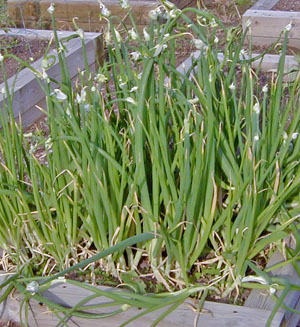
An unusual perennial onion, Allium x proliferum (formerly classified as Allium cepa var. viviparum, bulbiferum or proliferum) is a cross between Allium cepa, the cultivated onion, and Allium fistulosum, the Welsh onion. It gets its common name from the way it “walks” across the garden. Instead of flowers, this plant produces topsets, a cluster of bulbils, at the top of the stalk where the flowers and seeds would normally be. The stalks eventually flop over from the weight of the bulbils (if not harvested) and replant themselves, thus beginning their “walk” across the ground. It is thought to be originally native to India or Pakistan, then later introduced into Europe by the Romans.
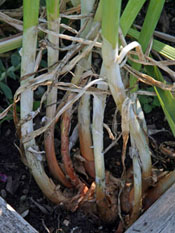
Also sometimes also called tree onions or topset onions, this vigorous and trouble-free plant is hardy in zones 3-10. It is not susceptible to juglone, so can be grown near black walnut trees. Thrips can be a problem in hot, dry summers but the damage is primarily cosmetic.
The plants die back to look scruffy over the winter, but very early in the spring new green shoots emerge from the brownish bases. Like other onions, the leaves are hollow. The red or purple bulbs are only slightly enlarged from the stem, and about an inch long. By late spring and into early summer heavy spikes are produced that grow up to 2 feet tall and on which the bulbils are borne. These bulbils start out tiny and green, but eventually grow larger with reddish to brown skins.

Plant in full sun where you intend to have them for a long time. It can even be grown in a mixed border for an unusual effect!
Egyptian walking onions are easy to propagate. Just break off the bulbils and plant! Place them no more than an inch deep and 4-5 inches apart. They can be separated but will grow as a clump very well. They don’t need to be replanted as the similar multiplier onions do. They also multiply from the base, so established clumps can be divided as well. This is best done in spring.

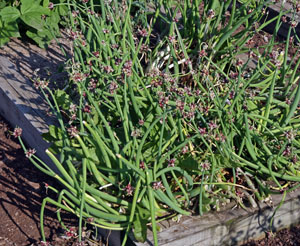
There are many ways to use this plant. Dig the entire clump or just harvest individual leaves. The small, underdeveloped onions at the bottom of the mature plant are edible but are very hot. Eat the tender young shoots and stems as green onions. The bulbils can be eaten, too, if not replanted. They can also be stored for a few months. If you leave the plant it will produce topset bulbils the following year. If you want more onions, just plant a few new bulbils.
– Susan Mahr, University of Wisconsin – Madison
Ask Your Gardening Question
If you’re unable to find the information you need, please submit your gardening question here:





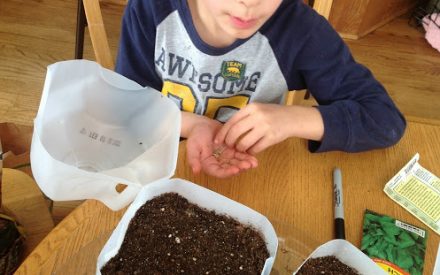 Seed Starting
Seed Starting Growing Vegetables at Home: Questions and Answers
Growing Vegetables at Home: Questions and Answers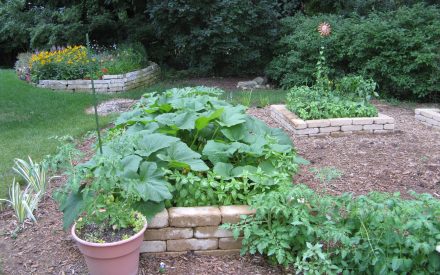 Growing Vegetables in Containers
Growing Vegetables in Containers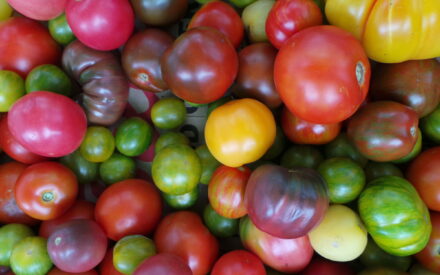 Home-Grown Tomatoes for Wisconsin
Home-Grown Tomatoes for Wisconsin


